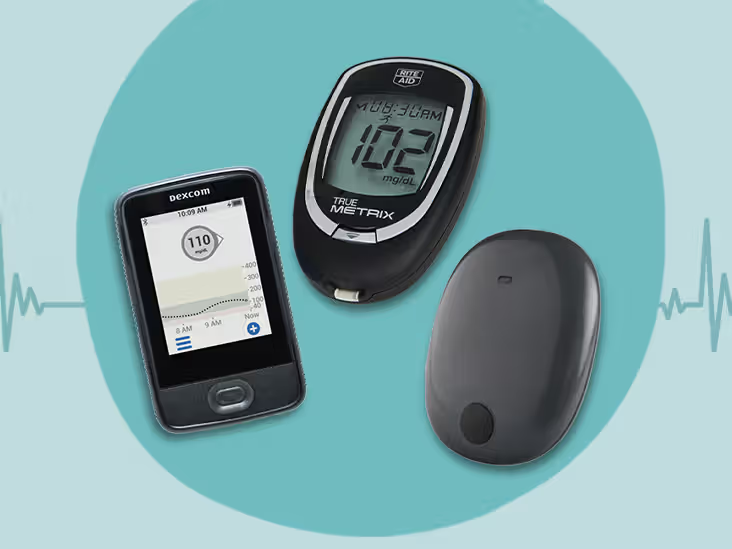Cost and Affordability for Choosing the Right Blood Glucose Monitor
When selecting a blood glucose monitor, understanding the cost and affordability is paramount for individuals managing diabetes.
The financial implications of diabetes management can be significant, and choosing a monitor that fits one’s budget while still offering reliability and functionality is vital for long-term adherence and health outcomes.
This article explores various factors that influence the cost of blood glucose monitors and how to find an affordable yet effective option.
1. Initial Investment
The initial cost of blood glucose monitors can vary widely depending on the brand, features, and technology used.
Basic models, which usually include limited functionalities, tend to be more affordable, whereas advanced monitors with extensive features like Bluetooth connectivity or integration with smartphone applications often come at a higher price.
It is essential for users to assess their individual needs to determine if a higher-priced device is worth the investment for their specific diabetes management plan.
2. Ongoing Costs
In addition to the upfront purchase price, users should factor in the ongoing costs associated with testing supplies, such as test strips, lancets, and control solutions.
Some monitors may use proprietary test strips, which can be more expensive and might not be covered by insurance.
Understanding the total cost of ownership, including these recurring expenses, is critical for budgeting effectively.
Users should inquire about the availability and pricing of supplies when considering a particular monitor.
3. Insurance Coverage
Many health insurance plans offer some level of coverage for diabetes management products, including blood glucose monitors and the necessary supplies.
It is important for users to check with their insurance providers to see which devices are covered and the extent of that coverage.
Some plans may have preferred brands or require prior authorization for reimbursement, so engaging with the insurance company ahead of time can help avoid unexpected costs.
4. Manufacturer Assistance Programs
Some manufacturers provide assistance programs to help reduce costs for eligible individuals. T
hese programs may offer discounts, provide free devices, or supply test strips at a lower cost.
Users should research and leverage these support options, as they can significantly alleviate financial burdens associated with diabetes management.
Visiting the manufacturer’s website or contacting customer service can yield information on available programs.
5. Comparison Shopping
To maximise affordability, users should engage in comparison shopping. Evaluating multiple brands and models can help identify which monitors offer essential features at a reasonable price.
Online reviews, health blogs, and community forums can offer insights into the performance and durability of various products.
Additionally, sales promotions during certain times of the year—such as during diabetes awareness months—can provide opportunities to purchase monitors at a discounted rate.
Conclusion
Cost and affordability are critical considerations when choosing the right blood glucose monitor.
By assessing the initial investment, ongoing expenses, insurance coverage, and available support programs, individuals can make informed decisions that align with their financial circumstances.
Balancing quality and affordability ensures that those managing diabetes have access to the tools they need to monitor their health effectively without straining their budgets.
